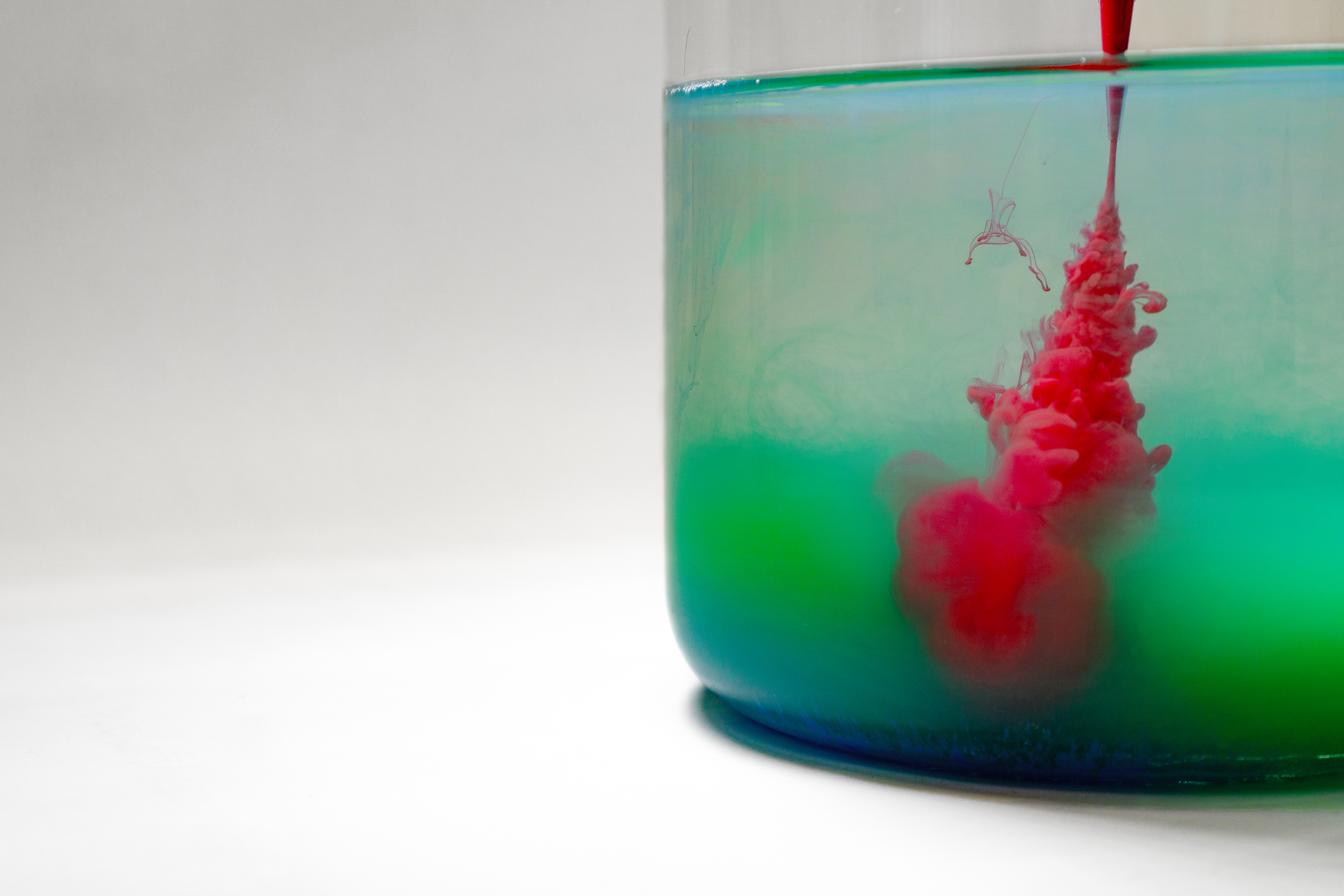Environmental chemical pollution threatens biodiversity. However, the complexity of this pollution remains insufficiently recognised by decision-makers – this is what international researchers led by Gabriel Sigmund from the University of Vienna and Ksenia Groh from the Swiss Federal Institute of Aquatic Science and Technology (Eawag) argue in the most recent issue of “Science”. Their letter appears shortly before the international negotiations on the “post-2020 Global Biodiversity Framework”. These will take place from 21st of June in Nairobi (Kenya).
